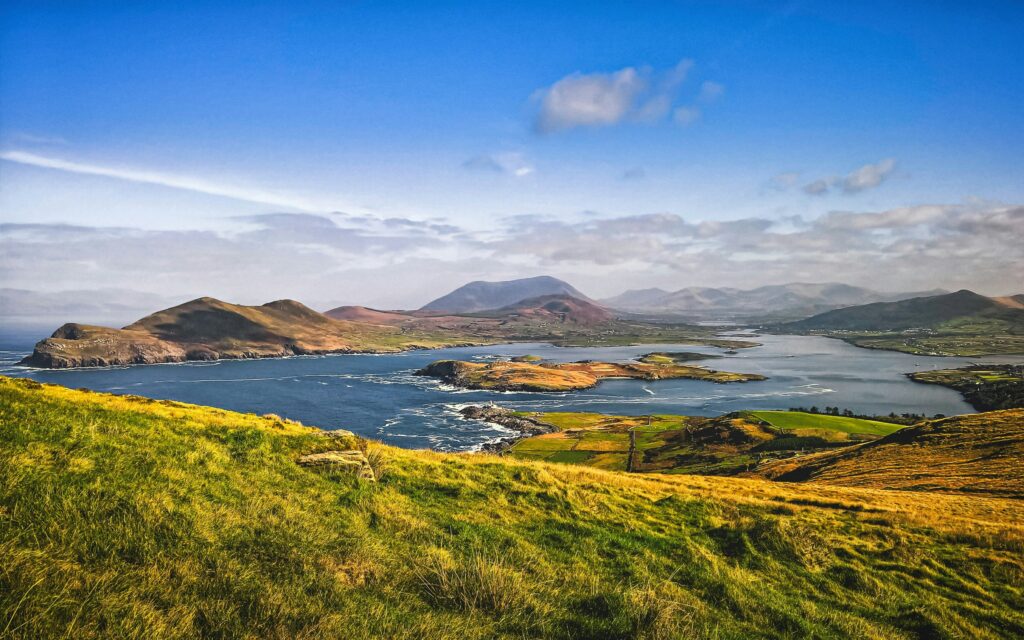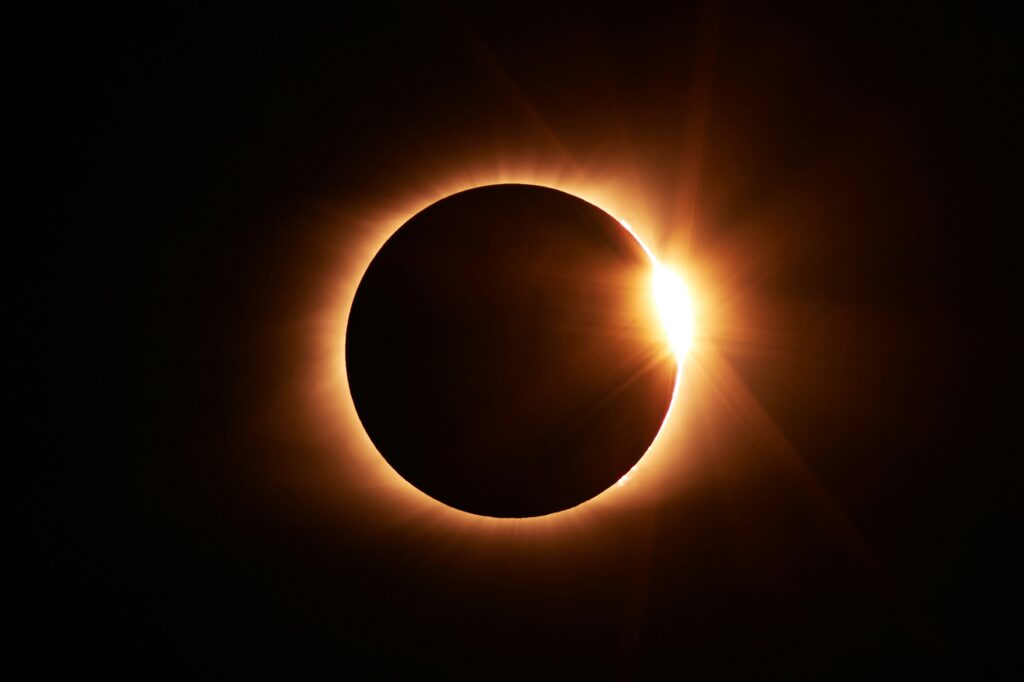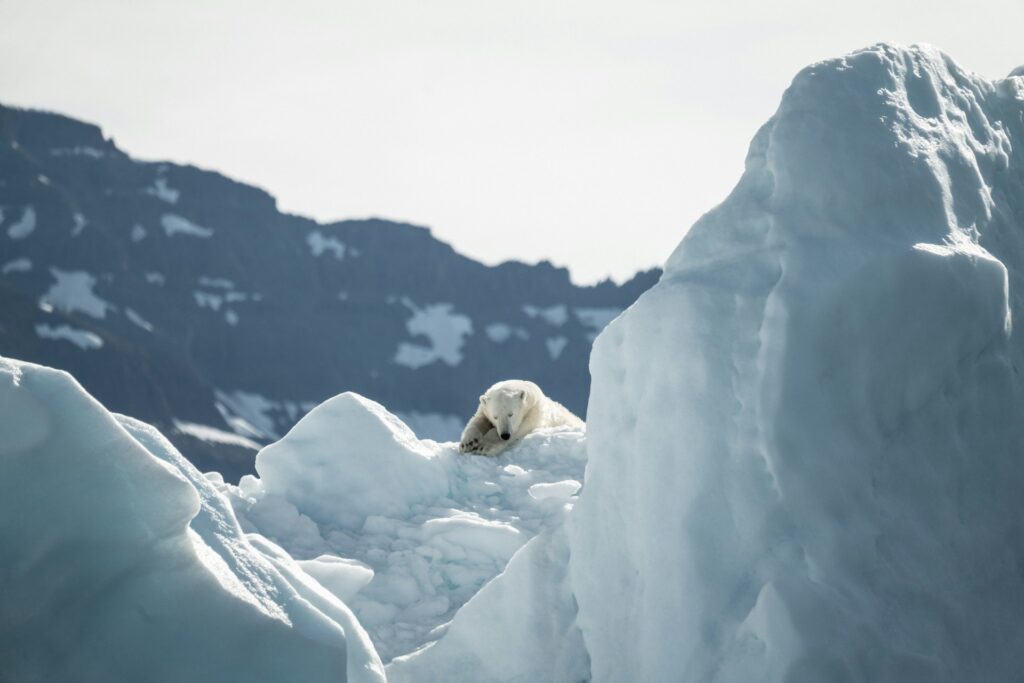Read more: 5 great clans of Scotland
GLENCOE’S INCREDIBLE ECOSYSTEM
Amongst all the beauty and history, lives a remarkable ecosystem of plants and animals. You can spot wild red deer, giant heron and golden eagles soaring over fields of bluebells, violets, and wild hyacinth. Glencoe’s flora and fauna are undoubtedly its biggest draw, but are also incredibly fragile. The rangers of Glencoe are working hard to protect this rare ecosystem and its indigenous species.
When you travel on our Country Roads of Scotland tour you’ll visit this stunning national park as part of a special MAKE TRAVEL MATTER® experience. You’ll meet a ranger to learn about their important scientific research and conversation initiatives, and your visit will contribute to their mission to protect the local environment.
In honour of World Wildlife Day, we talked with Senior Ranger at Glencoe, Scott McCombie, to find out more about conservation at Glencoe and what you’ll experience when you visit.
Read more: MAKE TRAVEL MATTER®: Why developing meaningful travel experiences has never been more important
Can you tell us about your important conservation work at Glencoe National Nature Reserve?
Most of the work at Glencoe is trying to conserve what we have, and monitor how well it is doing. We have some rare arctic alpine willows (salix myrsinites) that are in short supply across the UK so we have them fenced off to try to keep sheep from grazing them. The complicating factor is that the vegetation around them needs grazed off so that it doesn’t over grow the willows. So we need to open the gates sometimes to allow the sheep in to do that.
Other projects we are involved in include a moth trap that we work with the Rothamstead Centre to monitor changes in populations of moths across the UK. We run a bumblebee transect and a butterfly transect where we send results to Butterfly Conservation. Both transects are part of UK-wide studies to monitor populations of declining species. We also carry out monthly bird counts at two wetland sites and send our data and findings back to the British Trust for Ornithology and the Wildfowl and Wetlands Trust.
Read more: The dos and don’ts of foraging for your own food, with Local Expert Adele
Why are some of Glencoe’s species endangered?
Read more: Discover the traditions of Hogmanay, the Scottish New Year
What are some ways you protect these species?
What is a typical day like for a conservation ranger in Glencoe?
In the summer we’ll have camping patrols to try and spread the message of “Leave no Trace” and the Scottish Outdoor Access Code. We run a series of Land Rover Safaris getting people out into the glen and telling them about our work. We do guided walks with visitors and powerpoint talks to groups to share our work and talk about the history and nature of the glen. On top of this, we do the various wildlife surveys already mentioned – so it’s all go.
Read more: 12 little known facts about Robert Burns, Scotland’s national poet
What’s your favourite thing about being a ranger?
And what’s the most challenging part?
Read more: Measure, reduce, restore and evolve: Our journey to hitting net zero by 2050
What will Insight guests experience and learn when they meet you in Glencoe?
Insight guests can expect to see one of us in the Ranger tea giving a run through of our work and the natural and cultural history of Glencoe. They can also take a short walk and visit our Turfhouse, a construction made of turf and woven hazel and willow. It was built using the sizes of a real house that our archaeologists uncovered in the middle of the glen. If they have a little longer, they can walk up to a kilometre around the Visitor Centre woodlands. You’ll get to hear those birds and look at the mountains all around.
EXPERIENCE IT: Country Roads of Scotland



